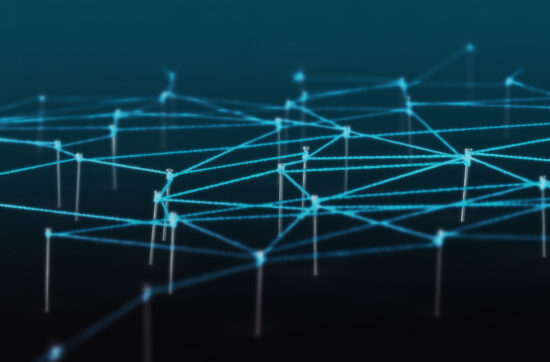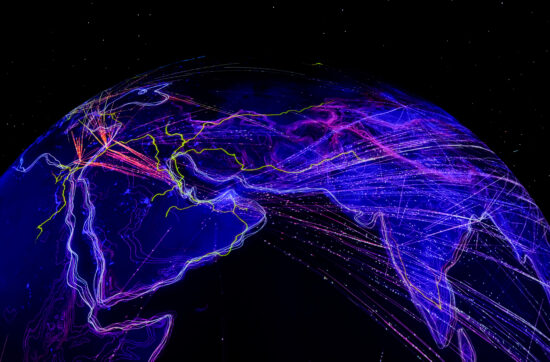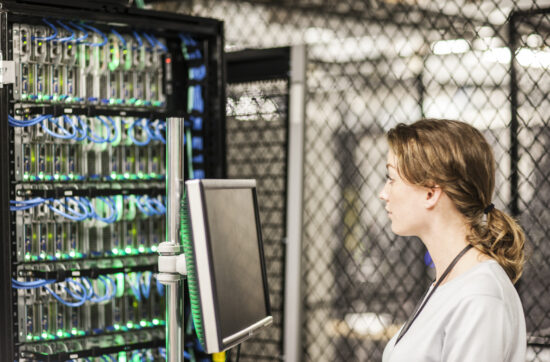In the complex world of enterprise and service provider networks, VRFs play a crucial role in enabling secure, segmented, and scalable routing. When combined with Multiprotocol Label Switching (MPLS), they…
Blog
Understanding RDs, RTs, and VPNv4 Routes in MPLS
Multiprotocol Label Switching (MPLS) is a foundational technology in service provider networks, enabling the delivery of highly scalable, secure, and efficient Layer 3 VPNs. However, the inner workings of MPLS…
BGP – What Are iBGP Route Reflectors?
In BGP (Border Gateway Protocol), when routers within the same Autonomous System (AS) exchange routes using iBGP, there’s a key requirement: full mesh peering. Every iBGP router must form a…
VXLAN – Encapsulation, Headers, and the Packet Transmission Process
Virtual Extensible LAN (VXLAN) is a network virtualization technology that enables the creation of Layer 2 overlay networks on top of Layer 3 underlay networks. It provides a way to…
VXLAN – VNIs, VTEPs, and VXLAN Architecture
As modern data centers scale, the demand for flexible, scalable, and segmented Layer 2 connectivity across large Layer 3 networks becomes increasingly critical. VXLAN, or Virtual Extensible LAN, was developed…
MPLS – What is it?
Multi-Protocol Label Switching is a high-performance network technology designed to efficiently direct data across a network. Unlike traditional IP routing, which relies on destination addresses, this technology uses labels to…
BGP Attributes and Determining the Best Path
Border Gateway Protocol (BGP) is the primary routing protocol used on the internet, enabling routers to exchange information and determine the best path for data transmission. Unlike Internal Gateway Protocols…
Why does BGP require an IGP to function?
Border Gateway Protocol (BGP) is widely recognized as the primary routing protocol used to exchange routing information between different autonomous systems (ASes) on the internet. However, one fundamental requirement for…
What is VXLAN?
Virtual Extensible LAN (VXLAN) is a network virtualization technology that addresses the scalability limitations of traditional Layer 2 networking. It is designed to extend Layer 2 networks over Layer 3…
eBGP vs iBGP – What’s the Difference?
Border Gateway Protocol (BGP) is the fundamental routing protocol that powers the Internet. When discussing BGP, two distinct variations come up: internal BGP (iBGP) and external BGP (eBGP). While both…










